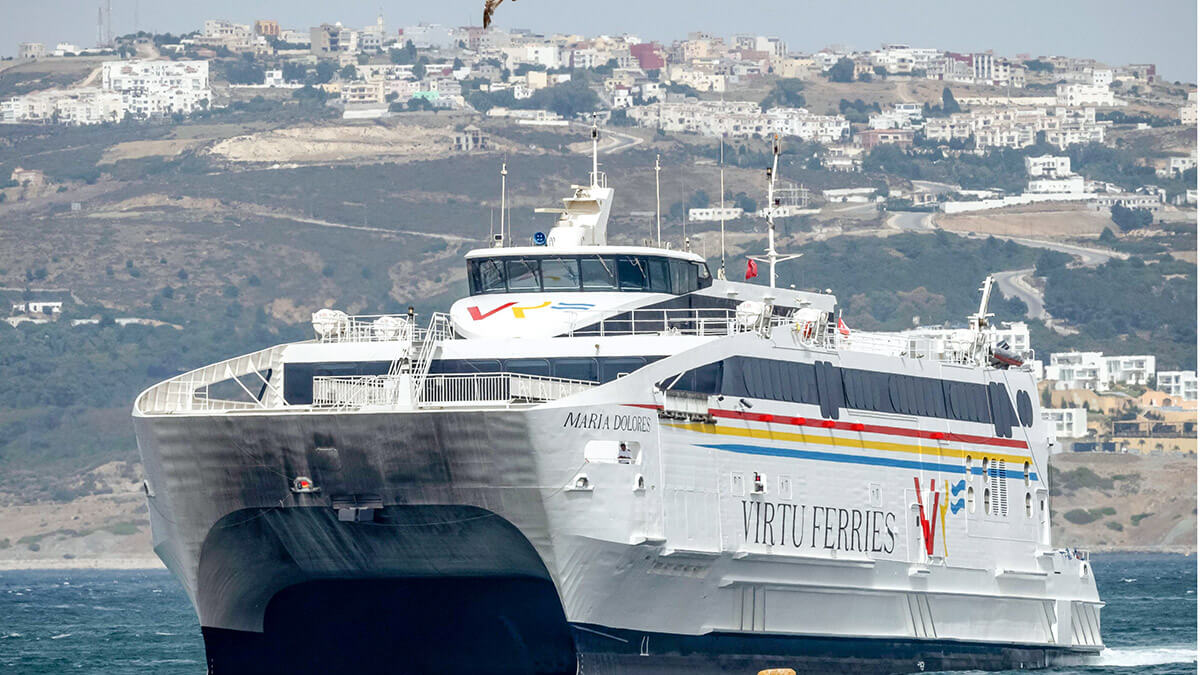More than 1.5 million people, the balance up to 15 August of Operation Crossing the Strait of Gibraltar

The figures for Operation Crossing the Strait, the migratory movement that takes place every summer between the coasts of Spain and Morocco, have increased this year compared to those recorded last summer, according to the latest data provided by the Spanish Ministry of the Interior.
Specifically, between 15 June, the date on which the measures began, and 15 August, a total of 1,585,693 people crossed the Strait of Gibraltar, 10.8% more than in the same period last year.
The number of vehicles has also increased: the 390,736 vehicles that have travelled between Spain and Morocco represent 11.7% more than those registered in the summer of 2022.
In the two months mentioned, 519,653 people have already made the return journey from Morocco to Spain, which represents an increase of 2% compared to the data recorded at the same time last year.

The Port of Algeciras has been the most used by travellers, with a balance of 901,528 passengers, 3.6% more than in 2022, representing more than 60% of the total.
Almeria (17.5%) and Tarifa (10.8%) were the next ports in terms of passenger volume.
In terms of destination ports, Morocco accounted for 73.5% of passengers crossing the Strait of Gibraltar, 13.5% more than on the same dates last summer.
For its part, Ceuta received 16.2% of the passengers (6.8% less than in 2022) and Melilla remained at around 10% of the traffic.
This gigantic operation involving the movement of vehicles and people poses a major logistical challenge for the Spanish and Moroccan authorities. On the Spanish side, the Ministry of the Interior; bodies of the Ministry of Transport, Mobility and Urban Agenda such as Puertos del Estado and the Directorate General of the Merchant Navy; the Directorate General of Public Health of the Ministry of Health; and the Government delegations and sub-delegations of the provinces where the ports are located are involved in the operation.

With a view to better organisation, the Port Authority of the Bay of Algeciras has insisted on the need for travellers to arrive at the ports of embarkation with their ticket closed, to avoid the accumulation of vehicles and the resulting waits, and even the impossibility of travelling in the event that the available places on the ships that cover the Strait route are sold out.
The advance purchase of tickets also guarantees a more comfortable journey, as seats are reserved; it saves time at check-in and boarding; and allows the journey to be planned in advance.
The return phase will close on 15 September, the date on which Operation Crossing the Strait 2023 will come to an end.








